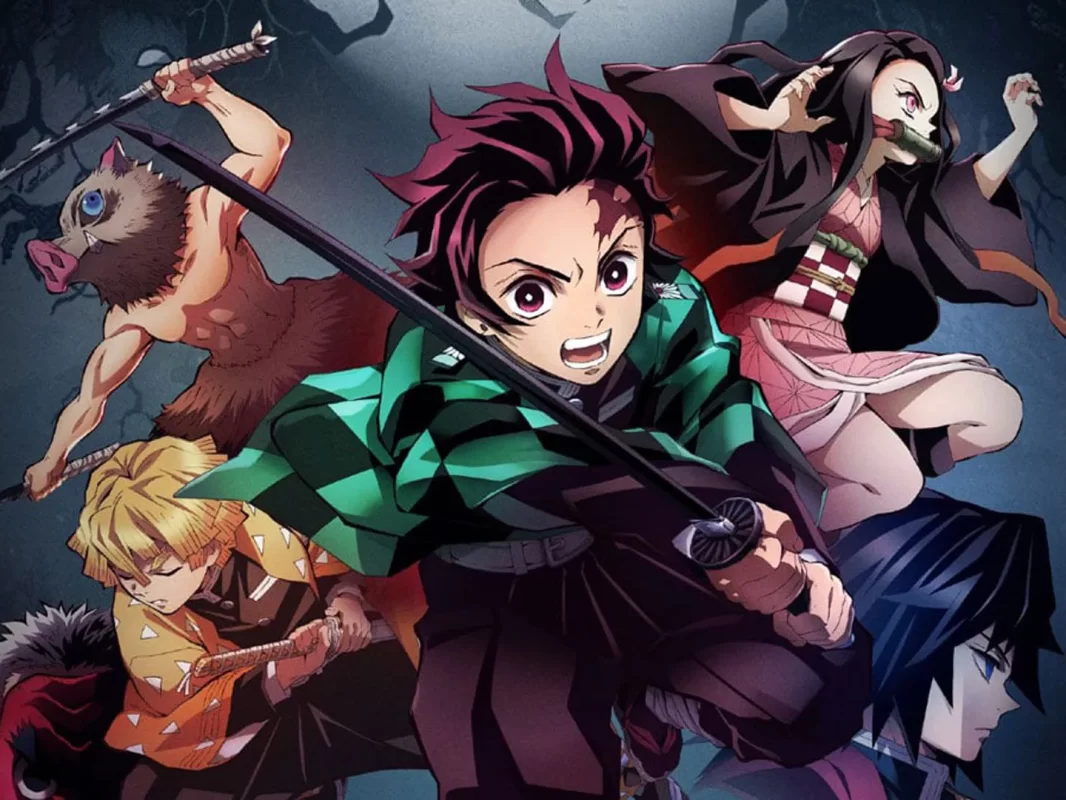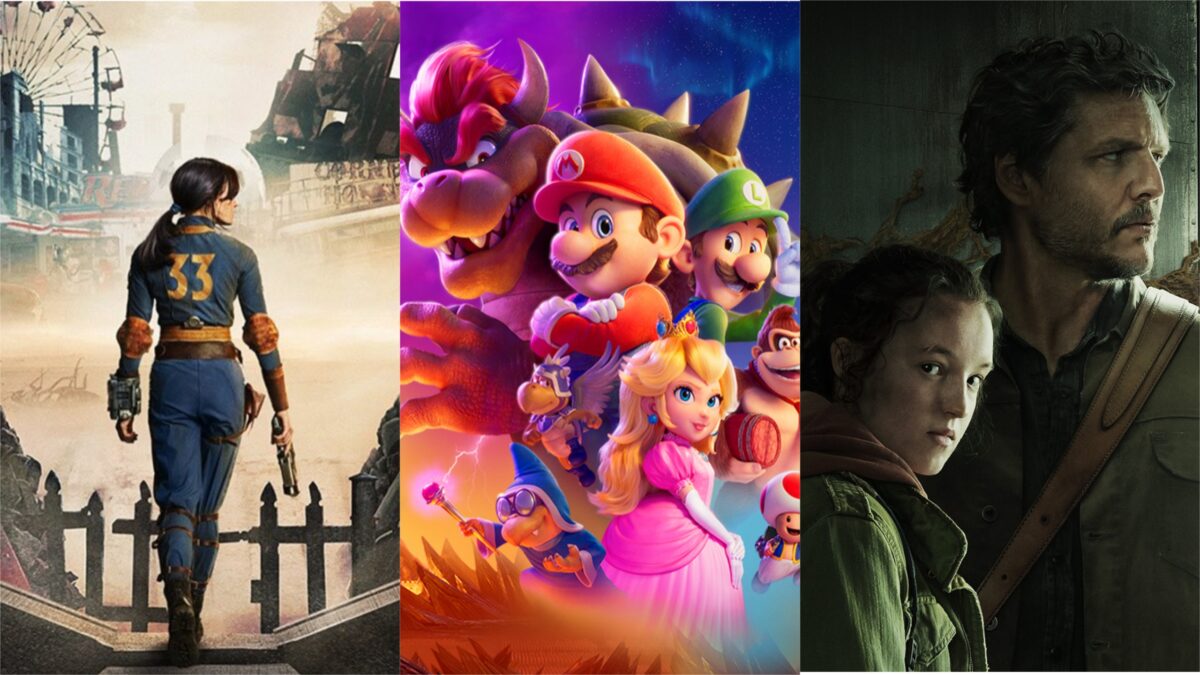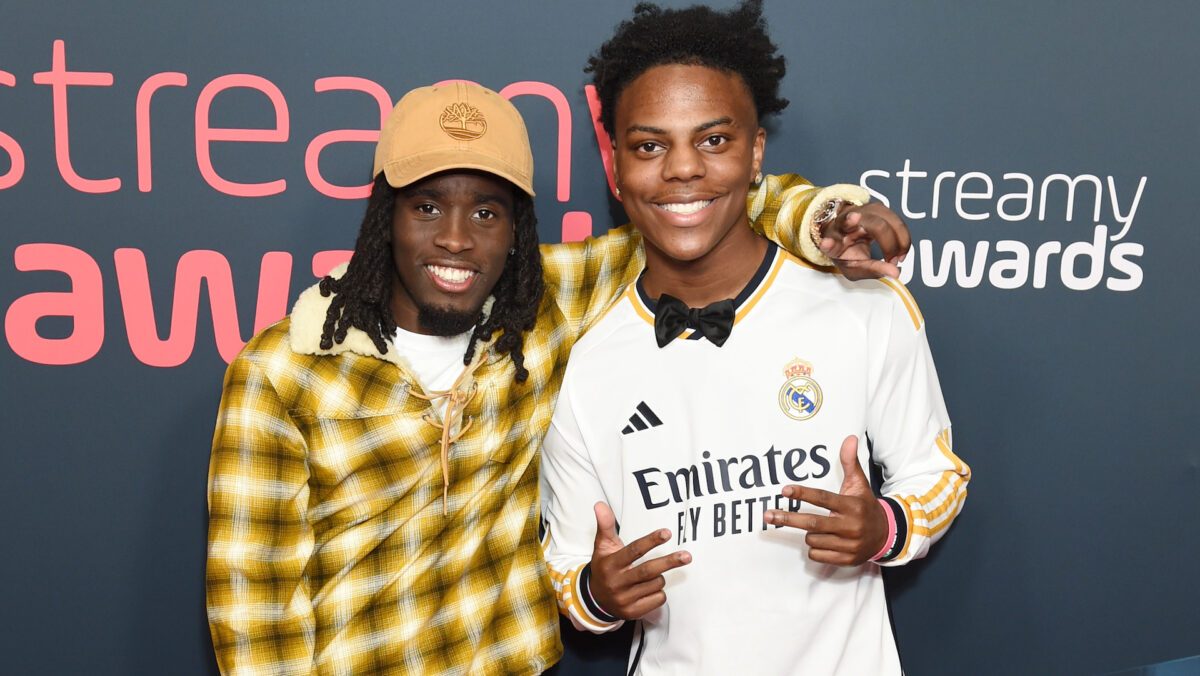When I first discovered anime, I had no idea how much it would influence not just my life, but the world around me. Anime started as a niche interest for many, but over the years, it has grown into a global phenomenon. In this post, I want to explore the impact of anime on pop culture and why it resonates with so many people.
What is Anime?
Before we dive into the impact of anime on pop culture, let me start with the basics. Anime is a style of animation that originated in Japan. It covers a wide range of genres and themes, from action-packed adventures to heartwarming romances. What sets anime apart is its unique art style, compelling storytelling, and emotional depth. For many of us, anime is more than just a form of entertainment—it’s a way to experience different cultures and ideas.
The Origins of Anime: How It All Began
I think it’s important to understand where anime came from to appreciate its journey to global stardom. Anime has its roots in early 20th-century Japanese film and manga (Japanese comics). One of the earliest and most influential anime was “Astro Boy” (1963), which paved the way for many others. As anime evolved, it began to tackle more complex themes, appealing to both children and adults. This evolution is what helped anime break out of Japan and into the world.
Anime’s Global Spread: How It Went Mainstream
Anime’s journey to becoming a global sensation didn’t happen overnight. It started in the 1980s and 1990s, when shows like “Dragon Ball Z,” “Sailor Moon,” and “Pokémon” began airing outside of Japan. I remember watching these shows as a kid, not realizing that they were part of a much larger cultural wave. These early anime series introduced millions of people around the world to Japanese culture, and the rest is history.
Today, anime is everywhere. Streaming platforms like Netflix and Crunchyroll have made it easier than ever to access a vast library of anime series and films. Social media has also played a huge role in spreading anime culture, with fan communities thriving on platforms like Twitter, Reddit, and TikTok.

The Impact of Anime on Fashion
One of the most visible impacts of anime on global culture is in fashion. You might have noticed that anime-inspired clothing and accessories are popping up everywhere. Brands like Uniqlo and H&M have launched anime-themed collections, featuring popular characters and designs from shows like “Naruto” and “Demon Slayer.”
As someone who loves both anime and fashion, I’ve seen how these trends reflect a larger shift towards embracing diverse cultural influences. Cosplay, where fans dress up as their favorite anime characters, has also become a huge part of fashion culture at conventions and online.
The Impact of Anime on Music
Music is another area where anime has left its mark. Anime soundtracks, known as “anime music” or “anison,” have become a genre of their own. Some of the most iconic anime songs, like the “Pokémon Theme” or “A Cruel Angel’s Thesis” from “Neon Genesis Evangelion,” are instantly recognizable even to those who don’t watch anime.
In addition to soundtracks, anime has influenced the global music scene in other ways. Many J-pop (Japanese pop) and J-rock bands have gained international fame through their work on anime theme songs. I often find myself adding anime songs to my playlists, and I’m not alone—anime music has a dedicated fanbase around the world.
Anime’s Role in Shaping Art and Creativity
Anime’s unique art style has inspired countless artists and creators around the world. From fan art to professional work, the influence of anime can be seen in many forms of visual art. Even in Western animation and comics, you can spot elements that are clearly inspired by anime.
As someone who dabbles in drawing, I’ve noticed how anime has pushed me to experiment with different styles and techniques. The creativity and innovation in anime art have made it a powerful force in the global art scene.

Anime Fandom: A Global Community
One of the things I love most about anime is the sense of community it creates. Anime fandoms are incredibly passionate and dedicated, often forming close-knit communities both online and offline. Whether it’s attending anime conventions, participating in online forums, or simply sharing fan art on social media, being part of an anime fandom means being part of something bigger.
These communities are not just limited to Japan or the United States—they’re truly global. I’ve made friends from all over the world who share my love for anime, and it’s amazing to see how something that started in Japan has brought so many people together.
The Future of Anime in Global Pop Culture
Looking ahead, I believe anime’s influence on global pop culture will only continue to grow. With the rise of streaming services, anime is more accessible than ever, and new generations are discovering it every day. I also think we’ll see even more cross-cultural collaborations and innovations in how anime is produced and consumed.
The future of anime is bright, and I can’t wait to see how it continues to shape and inspire pop culture around the world.
Conclusion
In conclusion, anime has had a profound impact on global pop culture, influencing everything from fashion and music to art and community. For those of us who love anime, it’s more than just entertainment—it’s a cultural movement that has brought people together and inspired creativity across the globe. As anime continues to grow and evolve, its cultural significance will only deepen, and I’m excited to see where it goes next.





